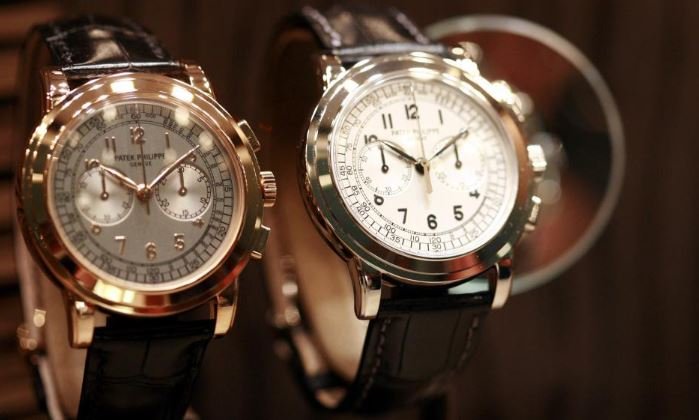Swiss watchmaking boasts a rich and fascinating history, intricately linked to human ingenuity and a relentless pursuit of precision. This artistic tradition transcends mere timekeeping, transforming meticulously crafted mechanisms into coveted works of art. This blog post looks into the art of Swiss watchmaking, exploring its historical roots, enduring techniques, and the artistry that sets it apart.

From Humble Beginnings to Global Recognition
Swiss watchmaking’s artistic heritage stems from humble beginnings. Here’s a glimpse into the origins of this remarkable craft:
Early Innovation: The story begins in the 16th century in the Swiss Jura Mountains. Here, skilled artisans began crafting pocket watches, utilizing waterpower to drive their workshops. These early timepieces, while not as refined as their modern counterparts, laid the foundation for the Swiss watchmaking industry.
In addition to early innovation, the establishment of guilds played a crucial role. These guilds enforced strict quality standards and ensured that watchmakers possessed the necessary skills before practicing their craft. This emphasis on quality became a hallmark of Swiss watchmaking.
A Flourishing Industry: The 18th century witnessed a flourishing of Swiss watchmaking. Advancements in technology, such as the invention of the lever escapement, led to more accurate and reliable timepieces. Furthermore, the development of decorative techniques like enameling and engraving elevated pocket watches from functional tools to works of art.
Furthermore, the standardization of parts in the 19th century revolutionized watchmaking. This allowed for mass production while still maintaining the high quality standards associated with Swiss watches. This innovation propelled Swiss watchmaking to the forefront of the global market.
The Art of Meticulous Craftsmanship
Even in the age of automation, Swiss watchmaking retains its deeply rooted tradition of meticulous craftsmanship. Here’s how these traditions are preserved:
The Art of the Watchmaker: At the heart of Swiss watchmaking lies the skilled watchmaker. These artisans possess a vast array of knowledge and techniques, meticulously assembling and calibrating intricate watch movements. Their dedication to detail ensures the exceptional functionality and longevity of Swiss timepieces.
In addition to watchmakers, specialized artisans contribute to the artistry of Swiss watches. Enamellers, engravers, and other specialists meticulously decorate watch components, transforming them into miniature works of art. These decorative techniques add a layer of sophistication and exclusivity to Swiss timepieces.
The Quest for Innovation: Despite its reverence for tradition, Swiss watchmaking embraces innovation. Swiss watchmakers continuously push the boundaries of technology, developing new materials, complications, and manufacturing techniques. This blend of tradition and innovation ensures that Swiss watches remain at the pinnacle of horological artistry.
Furthermore, Swiss watchmakers place a strong emphasis on research and development. This ongoing pursuit of knowledge allows them to create ever-more sophisticated timepieces with exceptional functionality and aesthetics.
The Future of Swiss Watchmaking
The art of Swiss watchmaking is not merely a craft; it’s a cultural heritage passed down through generations. Here’s why the future of Swiss watchmaking remains bright:
A Timeless Appeal: In an increasingly digital world, Swiss watches offer a timeless appeal. They represent a commitment to quality, craftsmanship, and artistry that resonates with discerning individuals who appreciate beauty and precision.
In addition to timeless appeal, the collectability of Swiss watches ensures their continued relevance. Owning a Swiss watch is an investment in a piece of history, a work of art that can be passed down through generations.
A Bright Future: The future of Swiss watchmaking appears bright. With a continued focus on innovation, a commitment to tradition, and an unwavering dedication to quality, Swiss watchmakers remain poised to create exceptional timepieces that will continue to captivate watch enthusiasts for generations to come.
Conclusion
In conclusion, the art of Swiss watchmaking is a testament to human ingenuity and a dedication to artistic expression. From its humble beginnings to its current global recognition, Swiss watchmaking has captivated watch lovers with its exquisite craftsmanship, timeless designs, and unwavering pursuit of precision. As the industry embraces the future while honoring its rich heritage, Swiss watches are sure to remain coveted works of art that transcend mere timekeeping.











